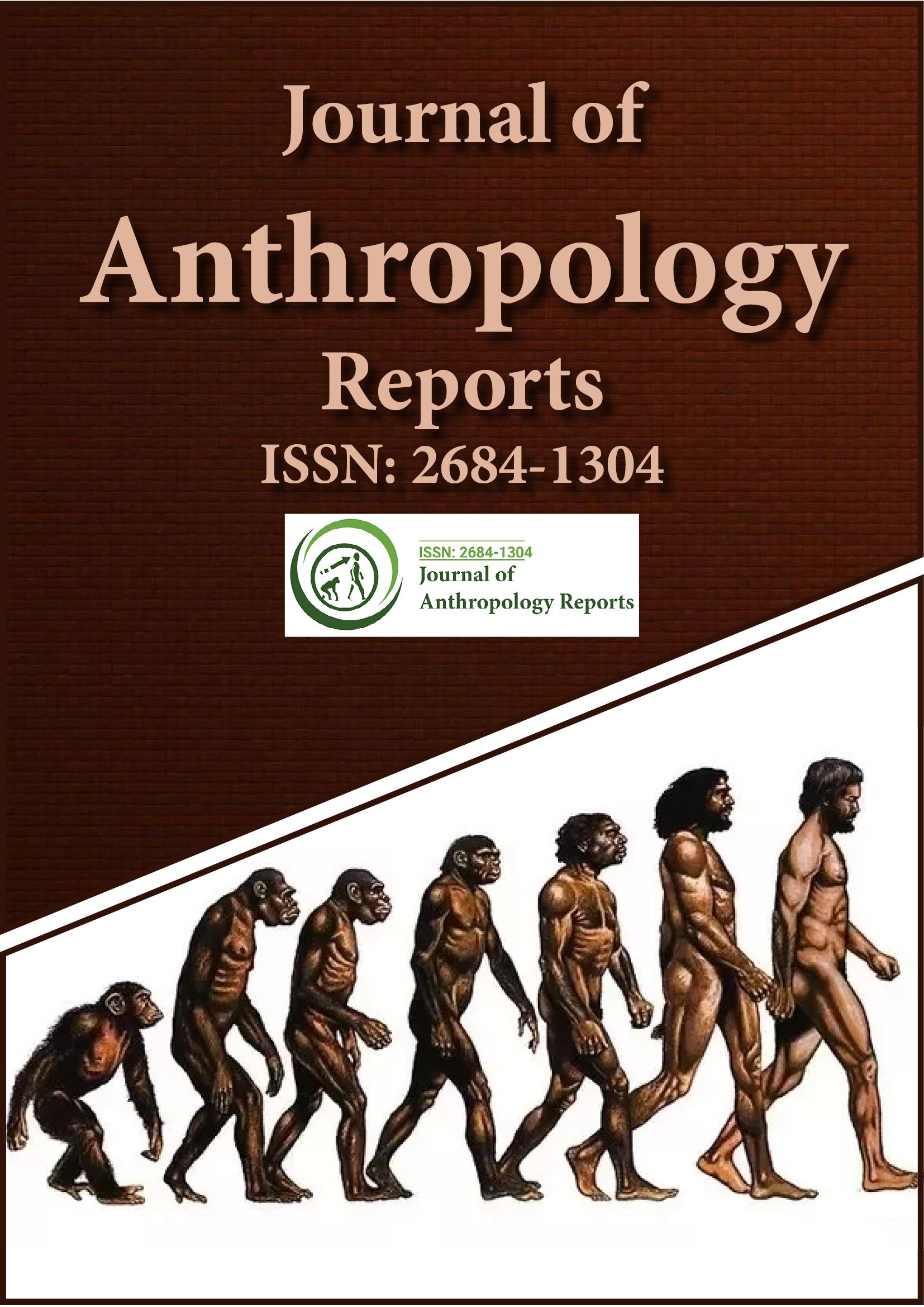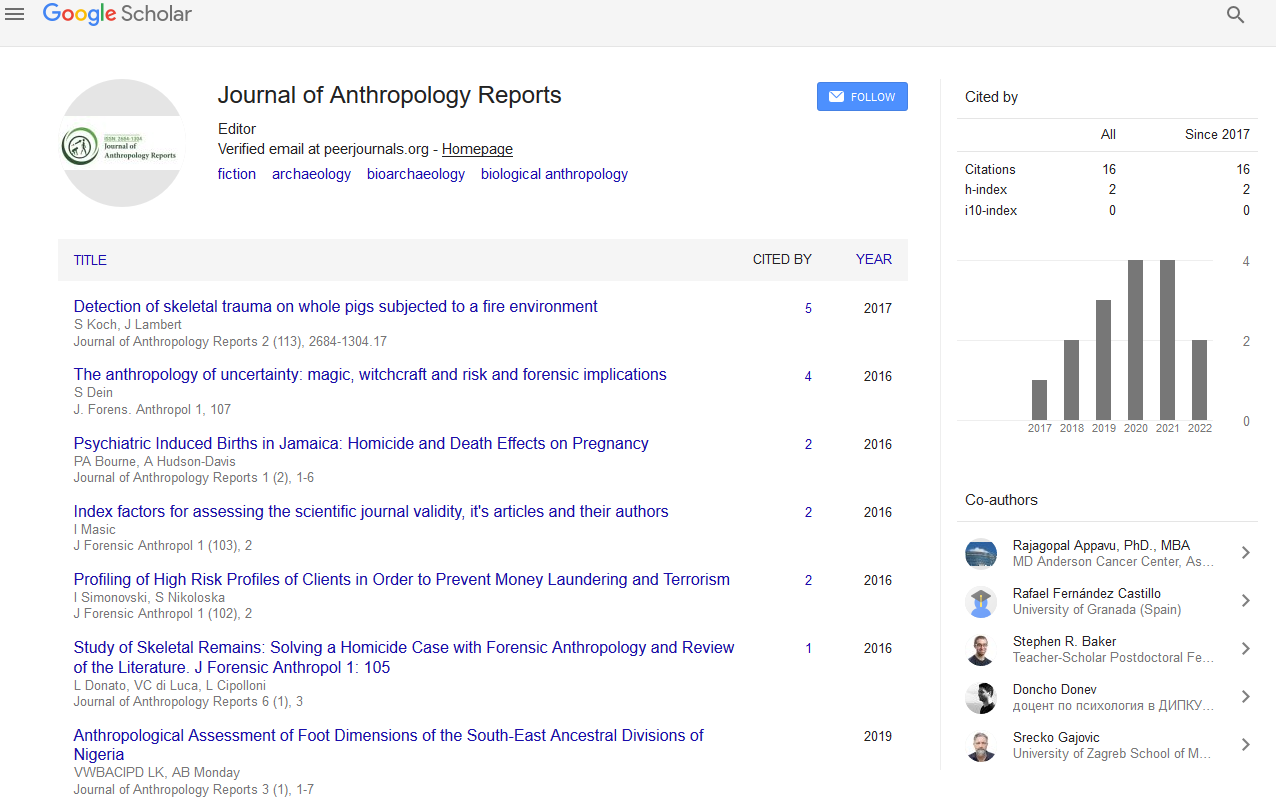Indexed In
- RefSeek
- Hamdard University
- EBSCO A-Z
Useful Links
Share This Page
Journal Flyer

Open Access Journals
- Agri and Aquaculture
- Biochemistry
- Bioinformatics & Systems Biology
- Business & Management
- Chemistry
- Clinical Sciences
- Engineering
- Food & Nutrition
- General Science
- Genetics & Molecular Biology
- Immunology & Microbiology
- Medical Sciences
- Neuroscience & Psychology
- Nursing & Health Care
- Pharmaceutical Sciences
Commentary Article - (2024) Volume 7, Issue 1
Challenges Presented by the Use of DNA Forensics in Criminal Trials
Luis Rangel*Received: 28-Feb-2024, Manuscript No. JFA-24-25361; Editor assigned: 01-Mar-2024, Pre QC No. JFA-24-25361 (PQ); Reviewed: 15-Mar-2024, QC No. JFA-24-25361 (QC); Revised: 22-Mar-2024, Manuscript No. JFA-24-25361 (R); Published: 29-Mar-2024, DOI: 10.35248/2684-1304.24.7.184
Description
DNA might be utilized to detect likely wrongdoers and associate people to a wrongdoing by showing they were available in a particular area. DNA profiling additionally further develops the law enforcement framework's productivity. Observer reports are conniving, particularly under high-tension conditions, for example, during a wrongdoing's bonus. Memory irregularities can place dread in onlooker proof, as per scholastics in the review "The Neuroscience of Memory: Suggestions for the Court." DNA, then again, is logically right and consequently more testing to deny. While Swiss researcher Friedrich Miescher recognized DNA during the 1860s, it wasn't long after 1953 that scholars James Watson and Francis Cramp, laid out that DNA existed as a three-layered twofold helix. Following that, DNA exploration and applications sped up. By the 1980s, research facilities began using DNA to decide parentage in questioned circumstances. Indeed, even today, popular wrongdoing shows like CSI and NCIS routinely utilize DNA proof as story turns, instructing the crowd and, subsequently, imminent attendants on the meaning of DNA. From that point forward, the use of DNA legal sciences has tracked down a middle stage in criminal examinations and preliminaries. The improvement of DNA innovation has introduced a serious danger to specific individual legitimate and practical privileges of an individual, for example, the "right to security" and "right against self-implication." What's more, it is hence that judges are frequently reluctant to acknowledge declaration in view of DNA testing. The right to security is remembered for the right to life and individual freedom under Article 21 of the Constitution of India. Article 20(3) offers the right against self-implication, which safeguards a supposed guilty party in a crook argument from giving proof against himself or proof that could convict him. In any case, the High Court has decided on numerous events that the right to individual freedom and life isn't limitless. It is clear from various decisions gave by the High Court over the long run that the freedoms to life and freedom ensured by our Indian Constitution are not outright and might be exposed to specific limitations. What's more, it is on this reason that the High Court maintains the legitimacy of the regulations concerning the right to life and Individual Freedom, including a clinical review. What's more, it is on this reason that many courts around the country have allowed the utilization of DNA innovation in the request and creation of proof. To guarantee that contemporary innovation might be used productively, a unique guideline that gives models to DNA examination in India is desperately required. That the right to security is defended as an essential part of the right to life and freedom given by Article 21 and as a part of the freedoms laid out by Part III of the Constitution.
With laying out private security as a fundamental right, this case laid out the requirement for the execution of another information protection regulation, expanded the degree of security inside private regions, and thought about security as a fundamental worth. This likewise will undoubtedly have colossal ramifications for the utili- -zation of DNA legal sciences for criminal examinations and preliminaries.
The High Court excused this contention, adding that there was no power in that contention as the consequences of the test wouldn't be uncovered to anyone and would be kept in a fixed envelope. The High Court proceeded to say that they believed the young fellow should look for equity and that he ought not be left without plan of action. It would be very entrancing to see how Indian courts will empower DNA innovation to be allowable later on. DNA proof's insightful capacity may possibly produce tensions to team up with police examinations, sabotaging the protect against self-implication. The utilization of DNA proof involves interruptions of actual uprightness and the assessment of individual hereditary information, some of which could be lawfully and illicitly constrained. While the security infringement brought about by DNA test processes and the examination of non-coding DNA are generally negligible, the more prominent utilization of criminological proof by criminal investigators might bring about a major change in the whole domain of criminal analytical practice.
Citation: Rangel L (2024) Challenges Presented by the Use of DNA Forensics in Criminal Trials. J Anthropol Rep. 7.184.
Copyright: © 2024 Rangel L. This is an open-access article distributed under the terms of the Creative Commons Attribution License, which permits unrestricted use, distribution, and reproduction in any medium, provided the original author and source are credited.

